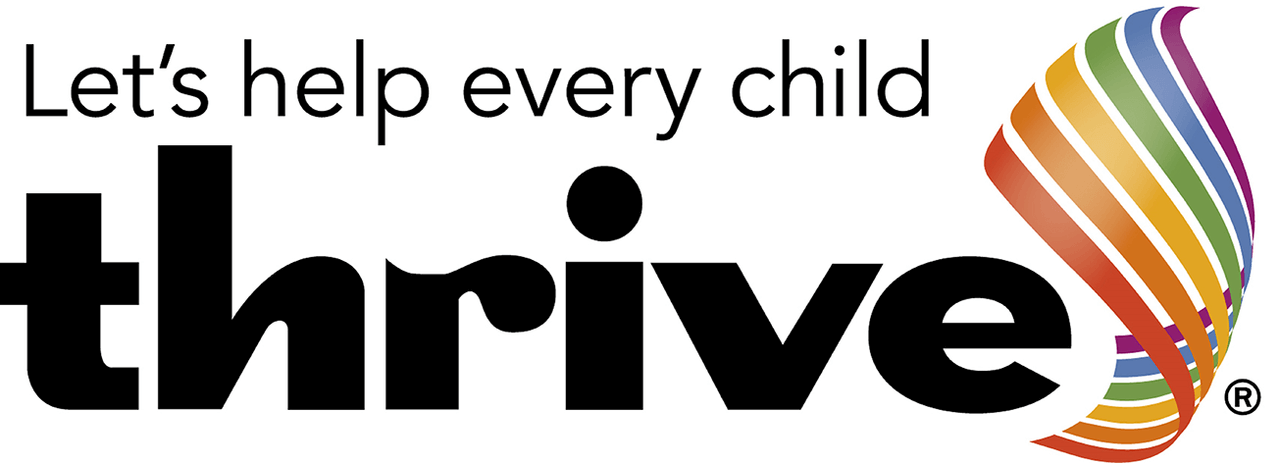How your school can help children with social, emotional and behavioural difficulties...
A look at the day-to-day challenge of working with children and young people with social, emotional and behavioural difficulties (SEBD) and discussion of some useful approaches to supporting these children in school.
Many of the more-worrying behaviours seen in children and young people stem from unmet social and emotional needs which can lead to a poorly developed stress-regulation system.
Many behaviours that are disruptive or aggressive, chronically anxious, or withdrawn and shut-down are triggered by the ‘fight, flight or freeze’ response when the child or young person has limited or no ability to regulate their emotions.
Carla, a primary school teacher in Wales with 15 years’ experience, has seen a rise in the number of children with SEBD in her school. She says: “The ones who are withdrawn and quiet – who were previously overlooked because they were not thought to be causing concern – are now being included.
“There is some behaviour you see and some behaviour you don’t. Helping the quiet ones to recognise and manage their own behaviour can transform their experience in school and can have a positive impact on the whole class dynamic.”
The best outcomes occur when families are involved and working together. Carla’s school talks to every family where a child has been identified as having SEBD. They explain how parents can carry on using the same type of strategies at home.
Carla explains: “The whole school has embraced a ‘safe place, safe person’ policy. This means that every child knows that if they get upset, instead of running or hitting out, they can go to a room where there is someone they trust and where they can ‘be’ until they are ready to go back into the classroom.”
The experiences described by Carla are common to many teachers; they have found that a whole-school, child-centred approach to social and emotional development has made a calculable difference to individual children and those around them.
Based on neuroscience and attachment theory, the Thrive Approach offers a dynamic, developmental, trauma sensitive approach that helps teachers and adults interpret the behaviour and meet the emotional and social needs of children and young people.
The Thrive Approach also provides practical, effective tools and techniques that work, built around a web-based assessment and action planning tool, underpinned by a programme of training and mentoring support.

Striver from 2Simple – The PE and wellbeing platform by specialists, for non-specialists
Ace-Physical-Education
